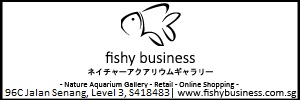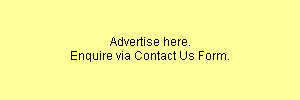here are the content:
[b]Equilibrium™ raises the essential mineral/electrolyte content (General Hardness) of the water to balance with and promote stability of the carbonate hardness without the introduction of chloride or sodium (both can be detrimental to a planted aquarium at elevated levels). To maintain KH, we recommend Alkaline Buffer™. Equilibrium™ and Alkaline Buffer™ are all that is needed to maintain the ideal mineral/electrolyte balance in the natural planted aquarium. Equilibrium™ is ideally suited for mineralization of DI/RO water. A 300 g bottle will treat 200 gallons.
DIRECTIONS: To raise mineral content or general hardness (GH) by 1 meq/L (3 dH), add 15 g (~1 tbsp.) for every 10 gallons when setting up a tank or when making water changes (add to new water). If adding to an existing tank can be added straight, although solubilization will be aided by premixing with ~1 L (1 qt.) of water per 15 g. It is normal for the premixed solution to have a white opaque appearance. Upon adding this to the tank it will impart a slight haze that will clear within 5-10 minutes. This dosage will also raise potassium by 80 mg/L. However, Flourish Potassium™ is recommended for regular potassium maintenance. Do not use Equilibrium™ when replacing evaporated water. This dose is based on DI or R/O water; for other water, measure hardness (GH) first, then add according to need. Plant preferences vary, but a general guide for near optimum dose is about 1-2 meq/L (3-6 dH) or match the existing or target carbonate hardness (KH), which, ideally, is also about 1-2 meq/L (3-6 dKH). If you are also using Alkaline Buffer™, the recommended Alkaline Buffer™ dose will raise carbonate hardness by 2 meq/L (6 dKH).
Guaranteed Analysis: K (potassium): 18.9%; Mg (magnesium): 4.3%; Ca (calcium): 2.7%; Fe (iron): 0.47%; Mn (manganese): 0.08%
[b]
will give u the content of TMG when i get back...
I think some of the members r using both










 Reply With Quote
Reply With Quote



Bookmarks